What Makes the Best Wine Glasses? A Guide to Types, Shapes, Styles, and How to Pair Each with Red, White, and Sparkling Wines for the Ultimate Tasting Experience
After years of attending vineyard tastings, hosting wine events, and testing dozens of glass styles side by side, one thing has become crystal clear: The right wine glass can completely transform your tasting experience. It’s not just about aesthetics — the bowl’s shape, the rim’s width, and even the glass thickness can highlight (or mute) a wine’s best qualities. This guide goes beyond generic advice to share what we’ve learned from real-world comparisons, expert tastings, and sommelier-backed techniques.
Top 5 Takeaways
☑️ Shape changes everything.
- Bowl size and rim width affect taste and aroma.
- Design impacts how wine hits your palate.
☑️ Material matters, but shape matters more.
- Crystal enhances clarity and breathability.
- Shape has a greater impact than cost or brand.
☑️ Match glass to wine type.
- Red: Wide bowl for oxygenation and aroma.
- White: Medium bowl for balance and freshness.
- Sparkling: Use a Narrow flute or tulip to preserve bubbles.
☑️ Pay attention to the rim and stem.
- Thin rims = smoother sipping.
- Long stems = better temperature control.
☑️ Experience proves the difference.
- Even inexpensive wines taste better in the right glass.
- The right glass elevates every sip.
Understanding The Basics
The choice of material significantly impacts the tasting experience. It is generally agreed upon by wine connoisseurs that crystal, due to its rougher surface, allows the drink to breathe better, enhancing its taste.
Glass thickness also plays a role, with thinner rims allowing for a smoother flow of wine, providing an uninterrupted tasting experience.
Exploring Different Types
From the long-stemmed flute ideal for sparkling varieties to the wider bowl of a burgundy glass designed to amplify the aroma of reds, each glass has its purpose.
Crystal glasses are highly valued for their ability to enhance the visual appeal of wines. They refract the light, displaying the wine's color and clarity to the utmost.
Meanwhile, standard glass, although less glamorous, is durable and cost-effective, making it a popular choice for everyday usage.
The Science Behind Their Shapes
It is not merely an aesthetic choice but a scientific decision that can significantly influence the taste and aroma of the drink.
A wider bowl, for example, allows for more surface area, thus promoting the faster evaporation of alcohol. Conversely, a flatter, broader rim gives wine more exposure to air, encouraging the development of bolder flavors and aromas.
Wine Glass Styles: A Comparative Analysis
Stemless glasses offer a contemporary take on traditional wine glasses. Their lack of stem, however, can slightly alter the temperature of the wine due to the heat from the holder's hand.
Crystal clarity is another essential feature to consider. The transparent nature of the crystal allows for a full appreciation of the wine's color and viscosity, adding to the overall tasting experience.
Bowl size and rim shape significantly impact the tasting experience. A larger bowl increases the surface area for wine to breathe, while a thin rim delivers the wine smoothly to the palate.
Pairing Glasses With Varieties
The glass size has a direct impact on the wine's oxygenation process. A larger glass, thus, is ideal for red wines, which need more oxygen to release their complex flavors and aromas.
Rim shape is another crucial aspect. A narrower rim assists in directing the wine to specific taste zones on the palate, enhancing the tasting experience.
Stem length influences the wine temperature, with a longer stem preventing hand heat from warming the wine. The bowl width, on the other hand, also influences oxygenation, with wider bowls suitable for full-bodied wines.
Material quality significantly affects the wine's taste. Crystal glasses, despite their higher price range, offer superior clarity, allowing the wine's color to shine through.
“After years of curating wine experiences, from Napa tastings to private cellar events, we’ve learned that the right glass doesn’t just enhance flavor — it unlocks it. Shape, rim, and stem design aren’t decorative choices; they’re sensory tools. We’ve watched inexpensive reds come alive in a properly shaped glass while premium vintages fell flat in the wrong one. This guide isn’t theory — it’s what we’ve tested, sipped, and refined, glass by glass.”

Supporting Facts and Statistics
Years of hosting tastings and hands-on testing have shown us that the right wine glass can transform everything — aroma, flavor, and feel. Here’s what the research (and real-world experience) confirms:
1. Glass Shape Boosts Aroma
-
Tulip-shaped bowls consistently deliver richer aromas in tastings.
-
Backed by a Frontiers in Plant Science study, shape influences how wine aromas concentrate and reach the nose.
- Narrow openings + wide bowls = better scent detection.
👉 Source: frontiersin.org
2. Crystal Material Preserves Purity
-
Crystal helps wine breathe and enhances clarity.
-
We've noticed that flavor stays more vibrant in crystal glasses — especially with reds.
- The Glass Packaging Institute confirms that glass has near-zero chemical interaction.
👉 Source: gpi.org
3. ISO Glasses Offer Consistent Results
-
ISO-standard wine glasses outperform in side-by-side tests.
-
Designed for optimal aroma, flavor balance, and oxygen exposure.
- Used by pros and perfect for serious at-home tastings too.
👉 Source: winepros.org
Science and experience agree — the right wine glass doesn’t just hold your wine; it enhances it. Shape, material, and design each play a role in bringing out a wine’s full character.
Final Thoughts & Opinion: Why the Right Wine Glass Truly Matters
After years of guided tastings, sommelier collaborations, and hands-on comparisons, one truth stands out:
The right wine glass doesn’t just complement wine — it elevates it.
Here’s What Experience Has Taught Us:
1. It’s More Than Aesthetic — It’s Science
The shape, rim, and bowl of a glass affect how wine hits the palate, how aromas concentrate, and how oxygen interacts with the liquid.
2. First-Hand Results Are Undeniable
I’ve seen $15 wines taste like $60 bottles — just by switching to the proper glass. The difference in flavor and aroma is immediate, even for casual drinkers.
4. People Feel the Difference Instantly
It’s not just about taste — it's how the glass feels, the way it delivers aroma, and the experience it creates. The sensory impact is subtle but powerful.
5. Crystal Is Great — But Shape Comes First
While crystal offers clarity and elegance, the right shape for the wine style makes a bigger impact than the price tag or brand.
If you care about wine, even casually, the right glass will deepen your appreciation. Choose:
- Wide bowls for reds (more oxygen, more aroma)
- Narrow rims for sparkling (preserve bubbles, concentrate aroma)
- Medium bowls for whites (balance freshness and flavor)
The best one helps you slow down and taste with intention. Once you experience wine this way, there's no going back.
Frequently Asked Questions
What glass for Tempranillo?
The best glass for Tempranillo, a bold red wine, is a Bordeaux glass. This type of wine glass has a broad bowl and is tall, allowing the wine to breathe and directing it to the back of the mouth for maximum flavor.
What glasses are best for wine?
The best glasses for wine are those that have a larger bowl for red wine and a smaller, narrower bowl for white wine. The shape of the glass can significantly influence the tasting experience by directing the wine to specific areas of the tongue that highlight its unique flavors.
Do expensive wine glasses make a difference?
Yes, expensive wine glasses do make a difference. Higher-quality glasses are often made of finer materials and are designed to enhance the flavors and aromas of the wine. They are also typically more durably constructed, which can improve their lifespan.
What are the best wine glasses to buy?
The best wine glasses to buy depend on personal preference, but some top-rated brands are Riedel, Spiegelau, and Zalto. These brands offer high-quality, durable glasses that are designed to enhance the tasting experience.
Should wine glasses be thick or thin?
Wine glasses should be thin rather than thick. Thin glasses are more delicate and allow the drinker to taste the wine without interference from the glass. They also tend to be more visually appealing.
Should Tempranillo be cold or warm?
Tempranillo should be served slightly below room temperature, around 60-65 degrees Fahrenheit. This allows the flavors to develop fully without being masked by excessive heat or cold.
What is the best glass for tasting wine?
The best glass for tasting wine is a universal wine glass. This type of glass has a medium-sized bowl and a narrower opening, which is suitable for both red and white wines.
What glass is Prosecco served in?
Prosecco is typically served in a Champagne flute. This glass has a tall, narrow bowl that helps preserve the wine's carbonation and directs the flow of bubbles, enhancing the tasting experience.
Is Tempranillo red or white wine?
Tempranillo is a variety of red wine. It is known for its full-bodied flavor and is one of the main types of grapes used in the production of Rioja, a Spanish red wine.
In what glass is vermouth served?
Vermouth is typically served in a small, stemmed glass, often a cocktail glass. This type of glass allows the aromas of the vermouth to be enjoyed without a large surface area, causing the drink to warm too quickly.
What glass to serve Pinot Noir in?
The best glass to serve Pinot Noir in is a Burgundy glass. This glass has a larger, wider bowl that allows the wine to breathe and enhances its flavors and aromas.
What glass does cava go in?
Cava, a Spanish sparkling wine, is traditionally served in a Champagne flute. This type of glass is narrow and tall, which helps to preserve and showcase the wine's bubbles.
Join us for a look into our elegant approach to winemaking and gracious hospitality. We welcome our members and their guests by appointment only. Become a member or book an event by visiting CasaLoce.com
Casa Locé
Upper Ojai California
10065 N Ojai Rd, Ojai, CA 93023
https://maps.app.goo.gl/E7YQCnXAFHq1bKz46




